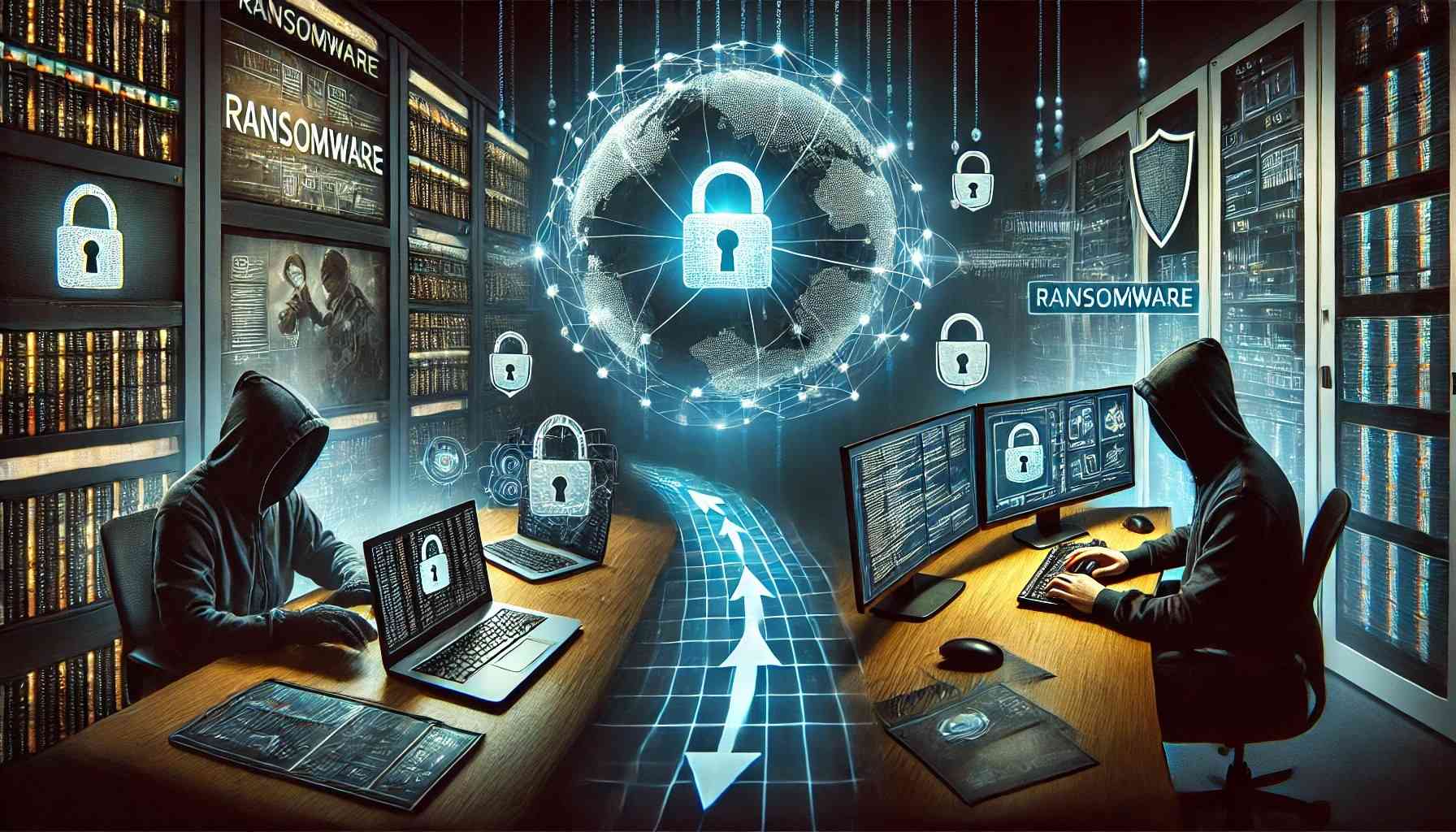
The Rise of Ransomware Attacks has become one of the most pressing cybersecurity threats of our time. These attacks involve malicious software that encrypts a victim’s data, making it inaccessible until a ransom is paid—often in cryptocurrency to ensure the attacker’s anonymity. As these attacks increase in frequency and sophistication, they are wreaking havoc across industries, affecting businesses, healthcare systems, schools, and even critical infrastructure.
From high-profile cases like the Wanna Cry outbreak in 2017, which affected hundreds of thousands of systems globally, to the Colonial Pipeline attack in 2021, which disrupted fuel supplies across the U.S., ransomware continues to demonstrate its capacity for financial devastation, operational disruption, and reputational harm.
Why Are Ransomware Attacks Increasing?
Several factors have contributed to the alarming rise of ransomware attacks:
- Profitability: The use of cryptocurrency makes it easy for attackers to demand payments without revealing their identities. Many victims pay the ransom to recover critical data quickly, incentivizing attackers further.
- Remote Work and Expanding Digital Surfaces: With the shift to remote work and increased reliance on cloud-based systems, organizations have expanded their digital footprints, creating more vulnerabilities for attackers to exploit.
- Advanced Techniques: Attackers are now using sophisticated tools, such as artificial intelligence, to bypass traditional defenses and target systems more effectively.
- Weak Cybersecurity Practices: Many organizations lack strong cybersecurity protocols, making them easy targets. Poorly configured networks, outdated systems, and untrained staff contribute to the growing success of ransomware campaigns.
The Devastating Impact of Ransomware
The consequences of a ransomware attack can be severe, extending far beyond the initial ransom payment:
- Financial Losses: Ransom payments can range from a few thousand to millions of dollars. Downtime caused by these attacks also results in significant revenue losses, often exceeding the ransom itself.
- Reputational Damage: A breach can erode customer trust, damage relationships with stakeholders, and harm a company’s brand image.
- Operational Disruption: Essential services can be halted for days or weeks. For hospitals and critical infrastructure, such delays can have life-threatening implications.
- Legal and Regulatory Issues: Organizations that fail to protect sensitive data may face lawsuits, fines, and compliance penalties, further compounding their losses.
How Cybersecurity Services Can Help
While the threat of ransomware is daunting, businesses can take proactive measures to safeguard their systems. Professional cybersecurity services play a crucial role in mitigating risks and ensuring rapid recovery from attacks.
1. Threat Intelligence and Monitoring
Cybersecurity services provide continuous monitoring to detect unusual activity, enabling organizations to identify and neutralize threats before they cause harm.
2. Vulnerability Management
By conducting regular vulnerability assessments, cybersecurity providers help businesses identify and patch weaknesses in their systems.
3. Employee Training
Phishing remains a primary method of delivering ransomware. Cybersecurity services offer training programs to teach employees how to recognize and avoid suspicious emails and links.
4. Incident Response
In the event of an attack, cybersecurity experts help contain the damage, recover encrypted data from backups, and restore systems efficiently.
5. Endpoint Protection
With many employees working remotely, endpoint detection and response (EDR) tools ensure that devices accessing the network are secure.
6. Backup and Disaster Recovery Planning
Cybersecurity services design and implement robust backup strategies, ensuring that businesses can recover their data without paying a ransom.
7. Zero Trust Architecture
This security model assumes no user or device can be trusted by default, implementing strict access controls to limit the spread of ransomware within a network.
8. Compliance Management
Adhering to regulatory standards reduces the risk of penalties and demonstrates a commitment to protecting sensitive data.
Steps Organizations Can Take to Prevent Ransomware
While cybersecurity services are essential, organizations should also adopt internal best practices to strengthen their defenses:
- Keep Systems Updated: Regularly update software and operating systems to fix vulnerabilities.
- Enable Multi-Factor Authentication (MFA): Adding an extra layer of security can significantly reduce the risk of unauthorized access.
- Regular Data Backups: Frequent backups, stored offline, ensure that data can be restored without paying a ransom.
- Network Segmentation: Isolating critical systems limits the impact of ransomware attacks.
- Educate Employees: Awareness training helps employees recognize phishing attempts and other potential threats.
The Role of Cybersecurity Services in Long-Term Protection
Investing in cybersecurity services not only helps prevent ransomware attacks but also builds resilience against future threats. Services such as continuous monitoring, incident response, and disaster recovery planning provide comprehensive protection, allowing organizations to focus on their operations without fear of disruption.
By adopting a proactive approach to cybersecurity, businesses can mitigate the risks associated with ransomware while ensuring compliance with regulatory standards. This not only safeguards data but also instills confidence in customers, partners, and stakeholders.
Final Thoughts
The rise of ransomware attacks is a stark reminder of the vulnerabilities in today’s digital landscape. However, businesses are not powerless. By partnering with experienced cybersecurity service providers and implementing best practices, organizations can defend against ransomware and ensure long-term security.
In the battle against ransomware, prevention and preparation are key. Cybersecurity services offer the tools and expertise needed to outsmart attackers, protect critical assets, and avoid the costly consequences of a breach. Investing in cybersecurity is no longer optional—it’s a fundamental requirement for survival in the modern digital world.


